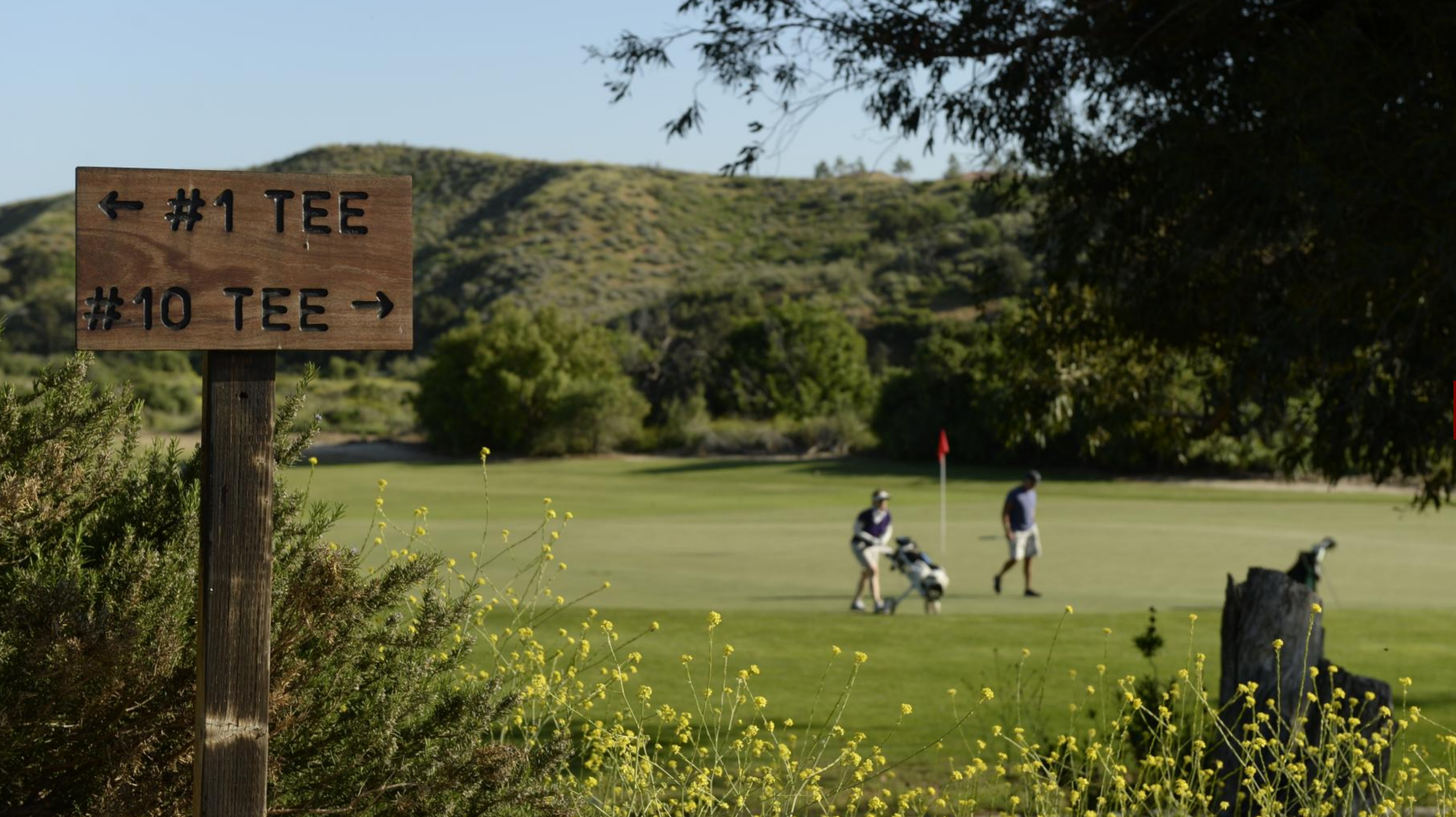As part of Yahoo’s Privilege of Play series, Jay Busbee tackles the always complicated matter of entry into golf with a focus on aspirational professionals.
One element of the extensive feature saddened me, another put a smile on my face.
This was disappointing:
The issue of race remains phenomenally touchy in the world of golf, so much so that many in the sport would rather simply avoid the question rather than address it. Multiple PGA Tour players either declined to speak or didn’t respond to a Yahoo Sports inquiry on diversity in the ranks of golf. The First Tee program also declined to speak, aside from providing statistics on the program’s reach.
Greg McLaughlin is the CEO of the First Tee, former confidante of Tiger Woods and is paid well presumably (Form 990’s related to his new World Golf Foundation gig are not available). I believe pathetic is the word that most comes to mind.
This also comes as some of the other programs designed to help introduce this expensive game to those of less privilege are struggling to raise necessary funds, including the incredible Youth On Course.
Paul Sullivan filed this New York Times story (thanks reader JB):
But the pandemic has also increased fund-raising challenges for nonprofit groups that are trying to open up a sport traditionally associated with wealth to young men and women in need — even as their numbers have surged this year. Through the largess of these groups, young people who could not afford to pay the course fees or buy the equipment learn the values of the sport and gain life skills.
One of the nonprofit groups, Youth on Course, subsidizes rounds of golf so young men and women can play for just $5. It has already reported a 100 percent increase in rounds this year, to over 400,000 from 205,000 in 2019. Memberships in the program rose to 100,000 young men and women from 70,000 last year.
On a lighter note, Busbee did highlight some exceptions of players who have overcome having nothing to make it.
Cue…much needed reminder of the artist that is Chi Chi Rodriguez.
A child of a broken home, his father never made more than $18 a day as a dishwasher and farm worker. Rodriguez fell in love with golf by watching players at a nearby public course, and taught himself well enough that he was winning club championships in his teens. Always a prankster, he’s cast his hardscrabble life in mythic, comical terms.
He’s the most visible example of a player working his way up from virtually nothing, and 50 years later, he remains a rarity.
And a beautiful coincidence, the PGA Tour Champions posted this collection of masterful Chi Chi moments today out of the blue. Imagine doing this with the flatbellies today. The horror!



























